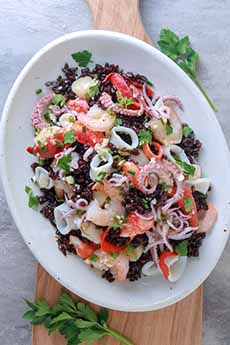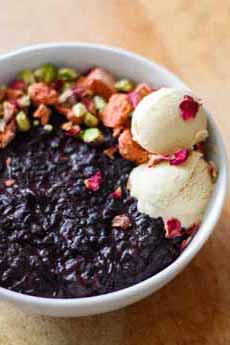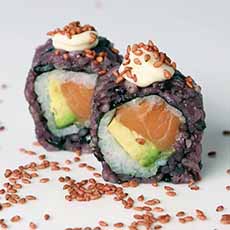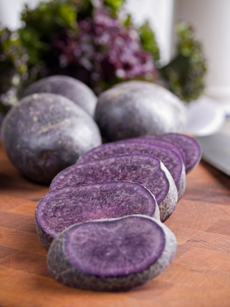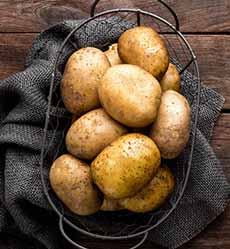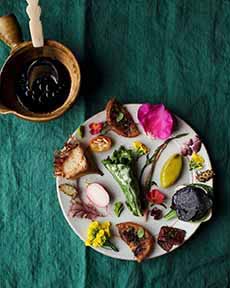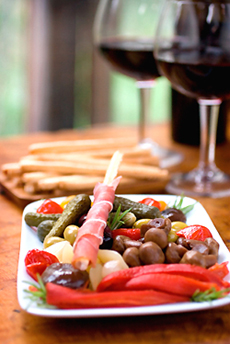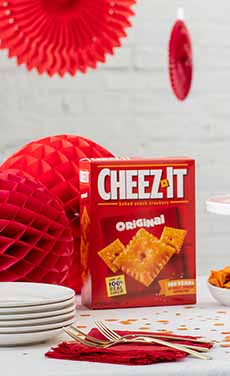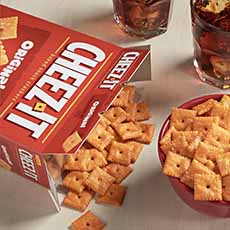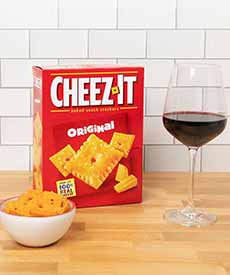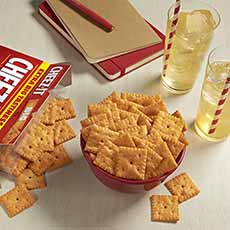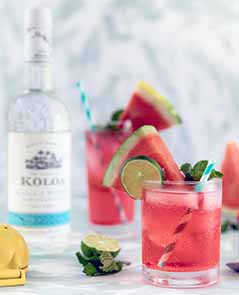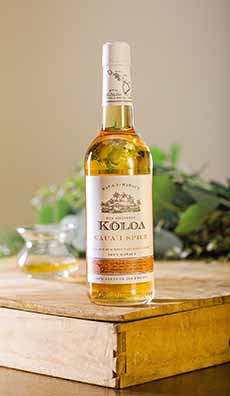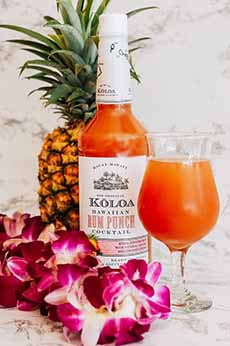|
If you’re a Cheez-It fan, you might like to know about Stephanie Izard’s Cheez-It cake, incorporating her favorite snack. The Top Chef and James Beard Award winner even celebrated her wedding with a four-tiered Cheez-It cake, that went on to inspire retail variations by other bakeries.
And good news: The recipe is below.
The Chicago chef is restaurateur (Girl & the Goat, Little Goat Diner, Duck Duck Goat, Cabra Cevicheria) and bakery owner (Sugargoat Bakery).
To mark its 100th birthday, the brand partnered with Chef Stephanie to create the cake (the history of Cheez-It is below).
Chef Stephanie estimates that there’s an entire box of large Cheez-It crackers in every cake.
Cheez-It crackers are crumbled to make Cheez-It flour, Cheez-It shortbread crumble on the inside, dulce caramel white chocolate Cheez-
The cake itself is at half Cheez-it.
The red icing is flavored with Nesquik, which Izard says “give[s] it a sweet, nostalgic flavor that goes nicely with the saltiness of the Cheez-It crackers” [source].
You can purchase it on Goldbelly
RECIPE: CARAMEL CRUMBLE CAKE WITH CHEEZ-ITS
Here’s Stephanie’s cake for home bakers (recipe © Stephanie Izard). “Sweet, salty and savory,” she says, “this cake has it all!”
Note that this is a two-layer cake, not the four layers in the photos and on Goldbelly.
To save time, two 16-ounce cans of purchased vanilla frosting may be substituted for the homemade buttercream frosting, and 1 cup or purchased caramel ice cream topping may be substituted for the homemade caramel sauce.
Prep Time is 2½ hours, total time is 6¼ hours. Yield: 16 servings.
For The Cheez-It Crumble
1 box (12.4 ounces) Cheez-It® Original
½ cup (1 stick; 4 ounces) cold unsalted butter, cut into ½-inch pieces
½ cup all-purpose flour
3 tablespoons granulated sugar
Ingredients For The Cake
1½ cups granulated sugar
½ cup vegetable oil
½ cup sour cream
2 eggs
2½ cups sifted pastry flour or cake flour
3½ teaspoons baking soda
¾ teaspoon salt
1½ cups buttermilk
1 cup (4 ounces) shredded Cheddar cheese
1 tablespoon vanilla
The recipes for the caramel sauce and frosting are below.
Preparation For The Cheez-It Crumble
1. PREHEAT the oven to 350°F. Line a 15 x 10 x 1-inch baking sheet with foil.
2. MAKE the Cheez-It Crumble. Freeze the Cheez-It crackers for at least one hour. Remove from the freezer and place in a blender container or food processor bowl. Cover and process until very fine crumbs form. Repeat the processing, if needed, to make the crumbs as fine as possible. Remove and discard any large pieces.
3. COMBINE in a mixer bowl ½ cup of the Cheez-It crumbs (reserve the remaining crumbs for the cake), the cup butter, flour and sugar. Beat with the paddle attachment, with the electric mixer on medium speed, until the pieces are the size of peas.
4. SPREAD on the prepared baking sheet. Bake for 20 to 25 minutes or until golden brown, stirring every 10 minutes. Cool completely, stirring to break up any large pieces.
Preparation For The Cake
1. REDUCE the oven temperature to 325°F. Grease and flour two 8-inch round cake pans with 2-inch-high sides. Line the bottoms of the pans with circles of parchment paper. Set aside.
2. COMBINE in a large mixer bowl 1½ cups sugar and the vegetable oil. Beat on medium speed with the wire whisk attachment of the electric mixer until combined. Add the sour cream and beat until mixed. Add the eggs, one at a time, beating on high speed after each addition until light and fluffy.
3. ADD the reserved Cheez-It crumbs, pastry flour, baking soda and teaspoon salt. Mix on low speed just until combined.
4. COMBINE in a medium saucepan the buttermilk and shredded cheese. Cook and whisk over medium heat until cheese is softened. Blend with an immersion blender until smooth. (Or, pour the buttermilk-cheese mixture into a blender or food processor container. Carefully process with the feeder cap removed until smooth.) Stir in 1 tablespoon vanilla.
5. TURN the mixer to medium-low speed. Gradually add the buttermilk mixture to the beaten cake mixture, beating just until combined. Pour into the prepared cake pans.
6. BAKE about 40 minutes or until toothpick inserted near the center comes out clean. Transfer to a wire cooling rack and cool the cake layers in the pans for 10 minutes. Remove the layers from the pans. Remove the parchment paper from bottoms of the cake layers. Cool completely.
Assembly instructions follow the recipes for the caramel sauce and the buttercream frosting.
RECIPE: SALTED CARAMEL SAUCE
Ingredients
1 cup heavy cream
½ cup water
1 cup granulated sugar
1 teaspoon salt
1 teaspoon vanilla
Preparation For The Caramel Sauce
1. HEAT the cream in small saucepan, just until warm and small bubbles begin to form around edges. Remove from the heat. Cover to keep warm and set aside.
2. PLACE the water in a 2-quart saucepan with heavy bottom. Pour 1 cup of sugar and the teaspoon of salt into the center of the pan, forming a low mound. Do not stir. Pat the mound down until it’s evenly moistened. Any sugar touching sides of the pan should be below the water line.
3. COVER and cook over medium heat, without stirring, until the sugar dissolves and syrup looks clear.
4. UNCOVER the saucepan and continue to cook the sugar mixture over medium heat until it turns a light amber color. Swirl the pan gently (instead of stirring) if the mixture begins to color unevenly.
Check the color frequently by using a bamboo skewer or toothpick to place a drop of syrup on a light-colored plate. As soon as the syrup is light amber, remove it from the heat.
5. STAND back to avoid splattering and gradually stir in the warm cream and the vanilla. Return to the heat. Cook, stirring constantly over low heat, about 1 minute or until smooth.
6. REMOVE from the heat. Let stand for 5 minutes. Pour into a heatproof bowl. Refrigerate about 1 hour or until cool.
|

